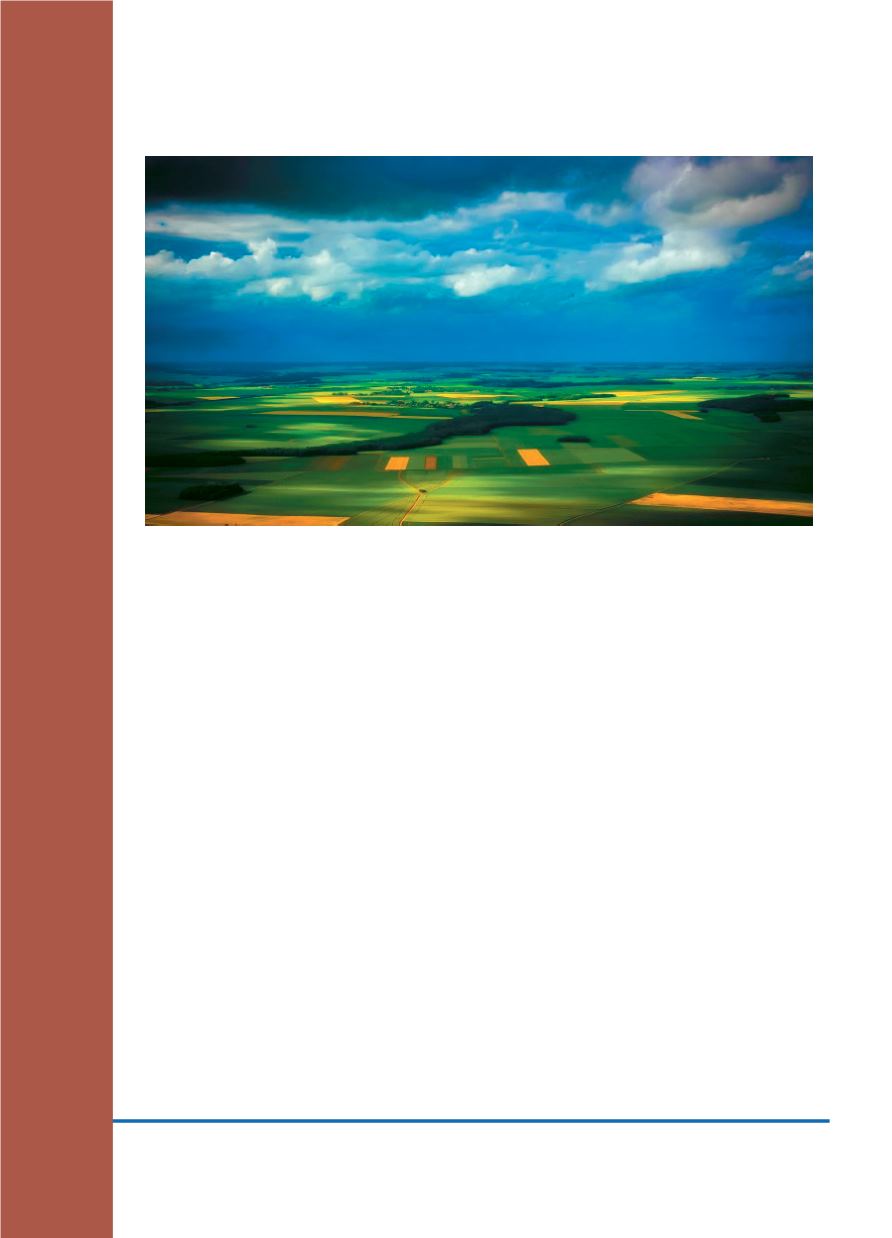

19
Sensor100
May 2017
Agriculture
How Remote Sensing Powers Precision Agriculture
Remote sensing devices take measurements throughout a field over time so that
the grower can analyze conditions based on the data and take action that will have
a positive influence on the harvest outcome. For instance, sensors can serve as an
early warning system allowing a grower to intervene, early on, to counter disease
before it has had a chance to spread widely.They can also perform a simple plant
count, evaluate plant health, estimate yield, assess crop loss, manage irrigation,
detect weeds, identify crop stress and map a field.
Sensors can be grouped according to their enabling technology — ground sensors,
aerial sensors and satellite sensors. The only sensor used to be camera film that
captured a narrow slice of the electromagnetic spectrum — visible light. Now sen-
sors go far beyond that, measuring short-wavelength gamma radiation at one end
and low-frequency radio waves at the other.
Reported by:
AgFunderNews,
14 March

















